With over five billion social media users globally, you can see why this is such an important target audience. Almost every brand has some sort of social media presence and uses it for everything from marketing its products to surveying its target audience and staying connected to its customers.
The one thing to remember is that with such a gargantuan potential audience, you’re going to have a lot of diverse people looking at your offerings. Ethnicity, gender, age, geographical location, the list goes on.
Just as you may do with other marketing tactics, segmentation of your social media strategy is essential. But what is social media segmentation, exactly, and how should you apply it?
What is social media segmentation?
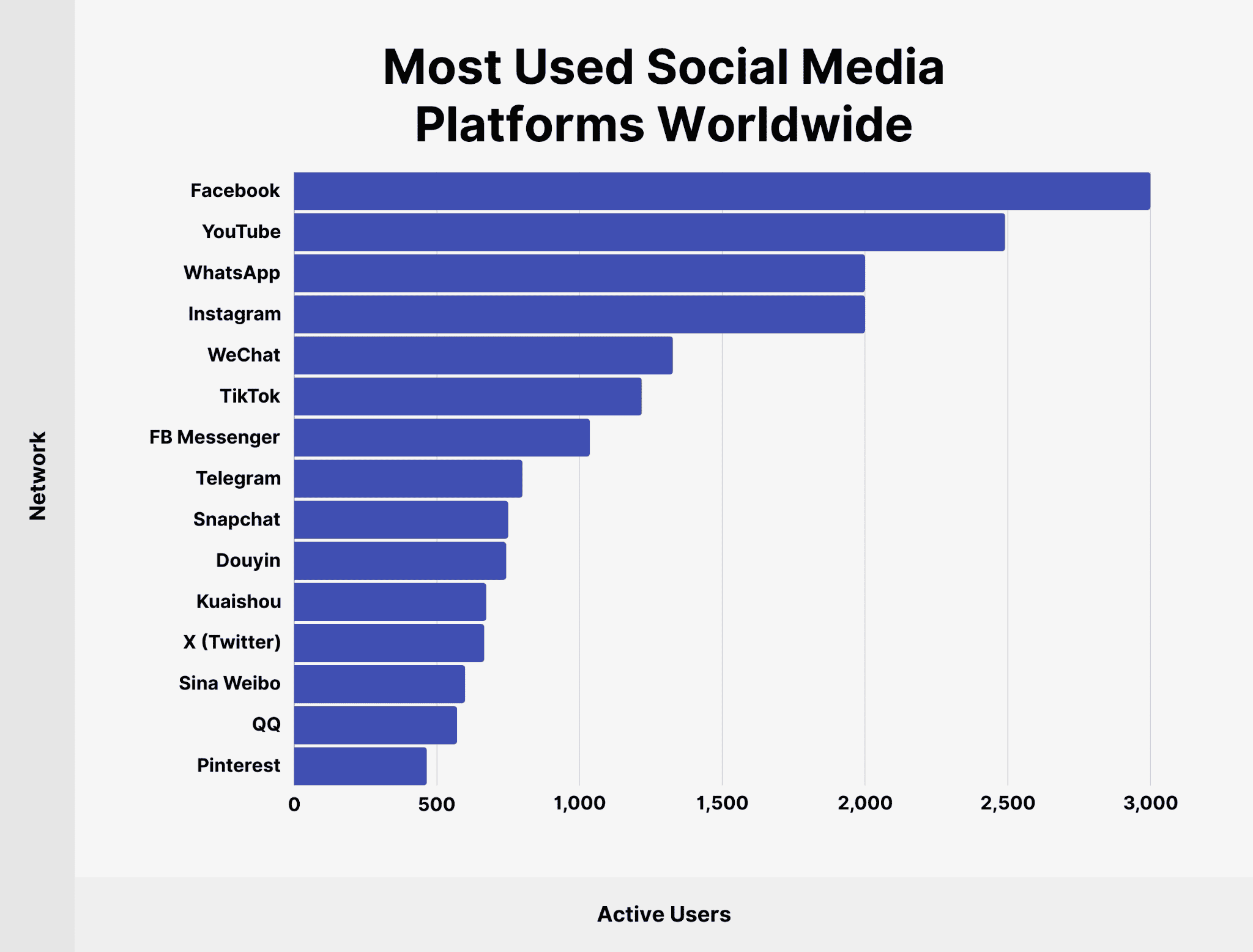
Image sourced from backlinko.com
Social media segmentation is the process of dividing your social media target audience into different groups based on common features they share. You’ll do this in much the same way as you likely practice segmentation in your email strategy.
Doing this on social media means you can produce targeted – and sometimes personalized – content for each of those groups. The idea is that they’re then more likely to be interested in and engage with you on the relevant platform.
Why segment social media audiences?
For starters, you’re already using social media for marketing, so you should have a solid grasp of what content works well overall. Now it’s just a question of making that content more targeted and relevant for different groups of people so it’s more relatable.
With segmentation, you can target the followers who matter most to your business. So, instead of posting generic run-of-the-mill content and promotions, you’ll be better placed to understand your audience and tailor your messaging to meet their specific needs and preferences.
Content that’s targeted increases engagement and improves customer satisfaction and loyalty. In turn, this leads to more qualified leads as well as higher conversion rates and ROI on marketing and paid ad spend.
Plus, you know the A/B tests you run on your email marketing campaigns? You can use those on social media segmentation too, getting a clearer picture of which products or marketing messages resonate best with different groups.
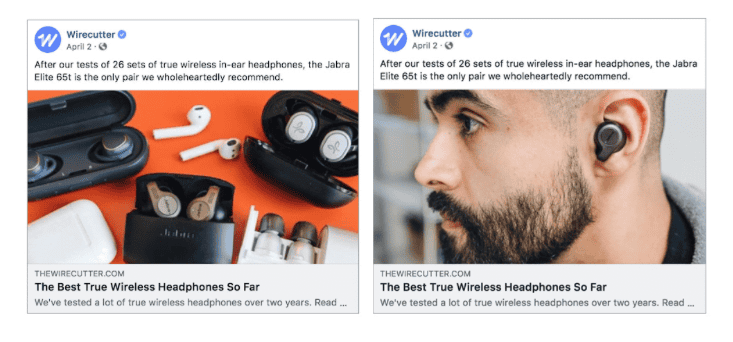
Images sourced from keywee.co
Types of segmentation to consider
There are many types of segmentation, and some that apply to your audience may sometimes fall outside the usual categories. For example, you may offer SaaS solutions and have one segment that consists of a customer type who uses legacy systems. Your first step is to analyze customer data and see what types of customers you have.
Some of the common types of segmentation include:
Demographic
Customer demographics can include several different categories, such as age, gender, occupation, family size (and household income), and marital status. Separating audiences this way is useful for tailoring marketing messages to different lifestyles.
It’s also useful for B2B companies that need to split professional customers according to their industry and job title.
Geographic
A customer’s location no doubt impacts their purchasing decisions, such as needing specific services in winter or seasonal products in summer.
This has an impact on how and when you target those customers with relevant, localized content and even offers. For example, you might create informative content around summer safety. Or if a customer is in a different country, you may want to target them with discounted or free shipping.
You can segment people by anything from their country of residence right down to their neighborhood.
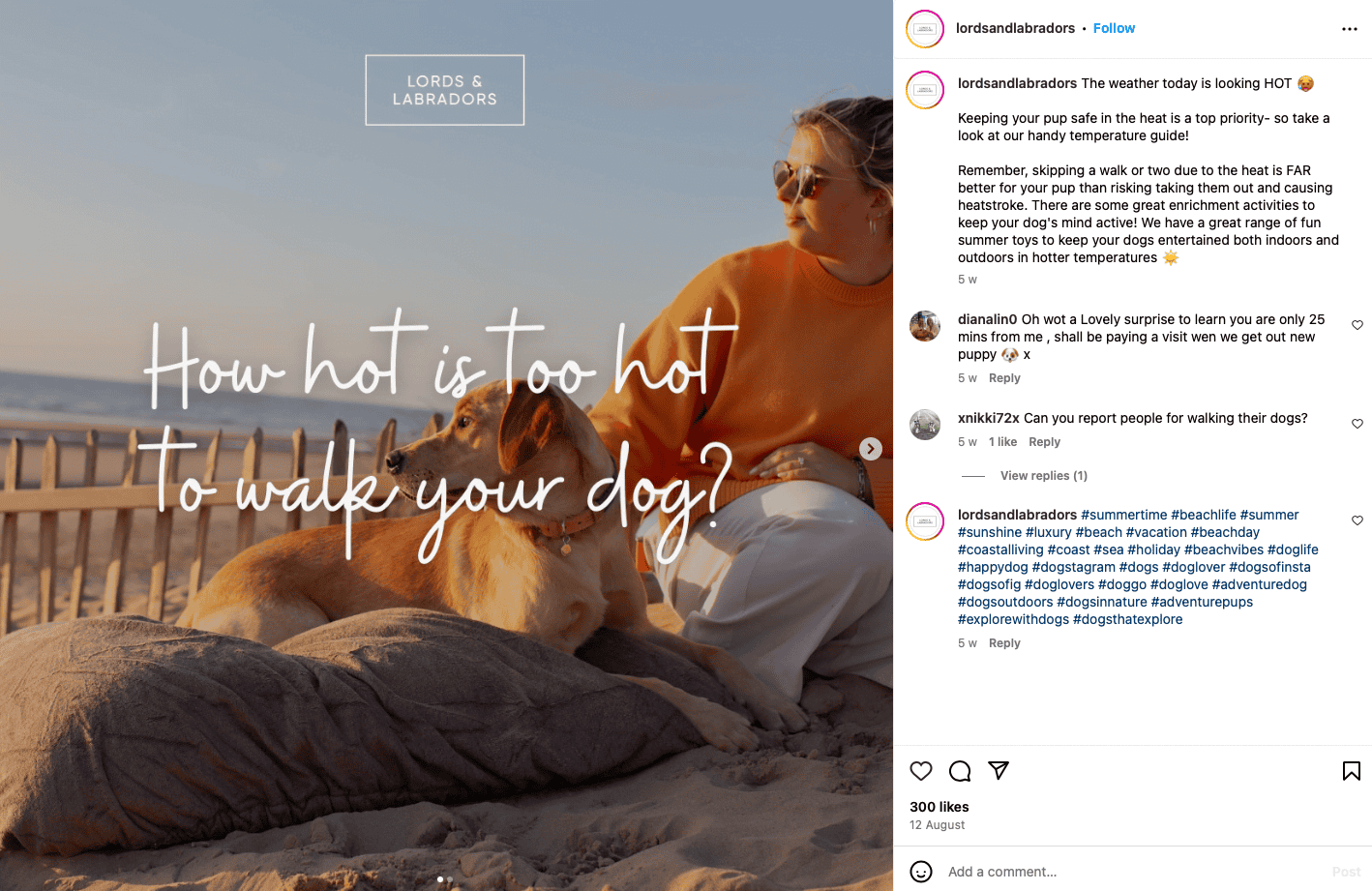
Screenshot sourced from Instagram
Behavioral
How do your customers behave when interacting with your social media content? Which posts do they engage with the most? You might identify (and segment) customers who always comment or ask questions. You could then target certain behavioral traits with specific content or ads. This type of segmentation is also useful for identifying the times when certain groups of users are online.
Technographic
Technographic segmentation will prove useful for tech-centric companies as it focuses on followers’ tech use and proficiency. But it’s really applicable to any company, particularly if you want to target users according to which social media platforms or devices they use.
You could get more granular and divide customers up by how familiar they are with AI, cloud services, or SaaS products—it really depends on what you’re selling.
Knowing where someone is on the ‘technology ladder’ can help you pinpoint what products they may be interested in or what type of content to feed them, whether it’s a basic 101-style video tutorial or a more technically in-depth series.
Psychographic
Psychographic segmentation looks at criteria such as the customer’s attitudes, beliefs, lifestyle, or activities. It can be more of a gray area when it comes to segmenting customers, and you may have to chase any associated data.
But with social media, most users are happy to express their opinions on life in general and your products in particular. You can easily spot those who are a good fit for your buyer personas and company values.
7 ways to implement social media segmentation
You have a wealth of customer data at your fingertips that you can analyze to identify different traits and behaviors. Once you feel you have enough data, you can look at how to segment your customers.
Define your segmentation goals
Your first step is to define why you want to apply segmentation. The obvious answer is to improve your sales and conversion rates, but it can go beyond that. For example, you may want to use customer data platforms so that you can personalize and target more of your content.
One crucial aspect of your goals should be identifying how you will measure performance and what benchmarks you will use.
You may also want to identify what ROI (return on investment) you are getting from different social media platforms and any advertising campaigns you run. How much traffic your social media content is driving to your website is something else that may be an overall objective.
Collect all relevant data
If you feel there are gaps in your data, you can customize quizzes, polls, and surveys in order to fill those gaps and get a more well-rounded view of your customer base.
You can also access the various data collected by social media companies and presented to you in the form of reports. For example, Facebook analytics will tell you that Post A gathered 1200 likes, 400 shares, and 95 comments.
You can also leverage dedicated analytics tools to bring all the data together from the various platforms you use to identify patterns in behaviors and responses. Look at what social media tools can help you collect data and support you in other areas, such as scheduling posts.
Decide on segment types
If you look at the segmentation types above, which ones apply to your business? There may be more than one that is applicable, so don’t feel that you are restricted. A business that sells technology solutions may look at technographic data primarily.
However, they may also identify that the people who purchase their high-value products are mainly management-level males over 50, so they may consider adding those details, too.
Create a customer persona
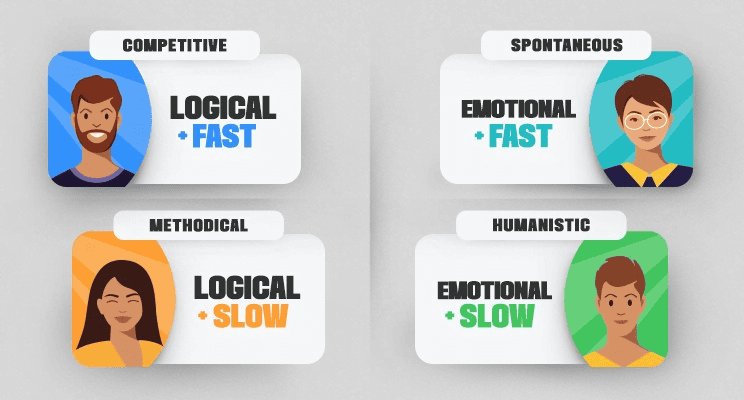
Image sourced from linkedin.com
Now you have the data you need and have identified your segmentation types, you can move to the next step and build customer personas for each segment. Continuing with the previous example, you could drill down into your social media data and combine it with your own customer data from your CRM (customer relationship management) system.
You could then develop a persona for that segment that identifies a 54-year-old male manager of a company who uses a lot of tech products. They spend less than an hour on social media each day (usually at lunchtime) and have a CLV (customer lifetime value) of $20,000. This persona not only helps you understand your customers better, but it also allows you to create more targeted content.
Customize
Once you have identified your segments and developed an ideal buyer persona for each, you can start thinking about how to tailor your social media content for each. That plan may include dedicated content on the platforms you use, such as lots of visual content for Instagram.
You may also want to consider content that links to something on your website or takes them to a crucial landing page.
For example, you may have a blog piece on your site on ‘what is data activation’. To increase reach and engagement, you could post a teaser on your social media platforms that links directly to the piece. This boosts your social media engagement while driving traffic to your website.
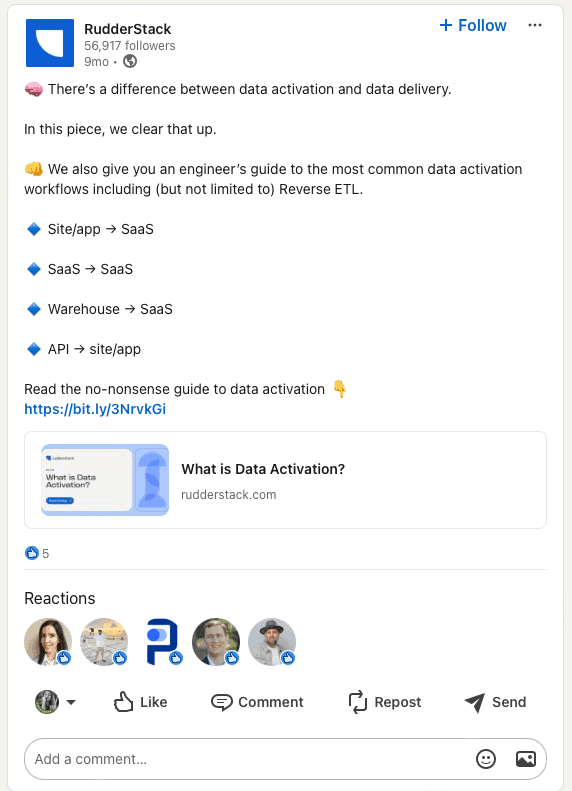
Screenshot sourced from LinkedIn
Implement
With your tailored content strategy devised, you can look at implementing your segmentation tactics. Where possible, identify optimal days and times for posting so that your content will be seen by the right segments at the right times.
Start out slowly and steadily rather than flooding your platforms with content tailored to your different segments.
You can even prioritize this customized content by looking at the data to see which customers are of the highest value. You may have identified that one segment accounts for 30% of your total revenue, so that group may be ideal for testing your new tactics on.
Conversely, a low-performing group may also work well, and any improvements will be more noticeable.
Measure and tweak
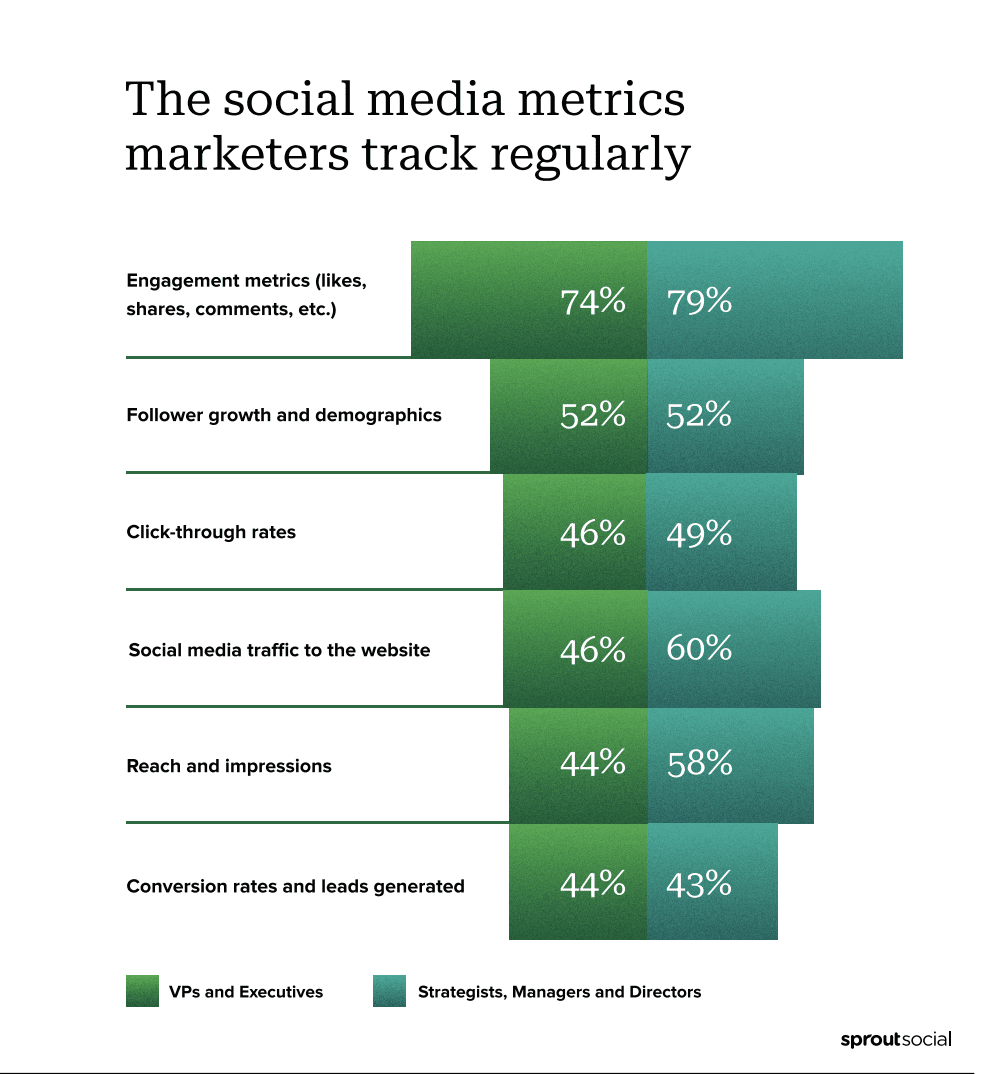
Image sourced from sproutsocial.com
As with other new tactics, you may not get it exactly right on the first try. You have to identify what metrics you will use to gauge success and then track them closely. For example, you may look at conversion rates and website traffic as being your two main metrics you want to see improving thanks to social media segmentation.
Use platforms’ inbuilt analytics tools to monitor engagement and other metrics for your posts. You can also use your own analytics tools to see if there have been any changes to your sales and traffic rates.
Another tool to consider is a social listening tool so you can see if there is an increase in the amount of people mentioning your product and/or brand.
As you collect performance-related data, you will be able to identify areas where there is room for improvement and you could also utilize A/B testing to see what elements of your content people prefer. As you move forward, continue to track your important metrics and make adjustments where needed.
Best practices for social media segmentation
Here are a few tips for making the most of your social media segmentation strategy.
Use advanced personalization
The more you personalize content, the more engagement you’ll generate. Rather than using broad categories, dig deep and divide your target audience into as many segments as you can. Then, go further.
Look at individual user history and provide hyper-personalized content and offers to show customers you’re all about meeting their needs.
Stay compliant
Segmentation and personalization obviously require mountains of data.
But—and it’s a big but—you must stay on the right side of data privacy regulations.
Yes, many social media users are happy to part with their personal details in return for relevant content and ads that suit their interests. But you can’t assume that’s the case. Make sure you manage consent and put robust security protocols in place to protect the data you collect.
Create a community
One of the benefits of social media is that users like to feel that they’re part of an online community. Use segmentation to set up sub-groups for specific topics or types of customers (such as VIPs), in which you can start discussions, run polls and surveys, and invite user-generated content.
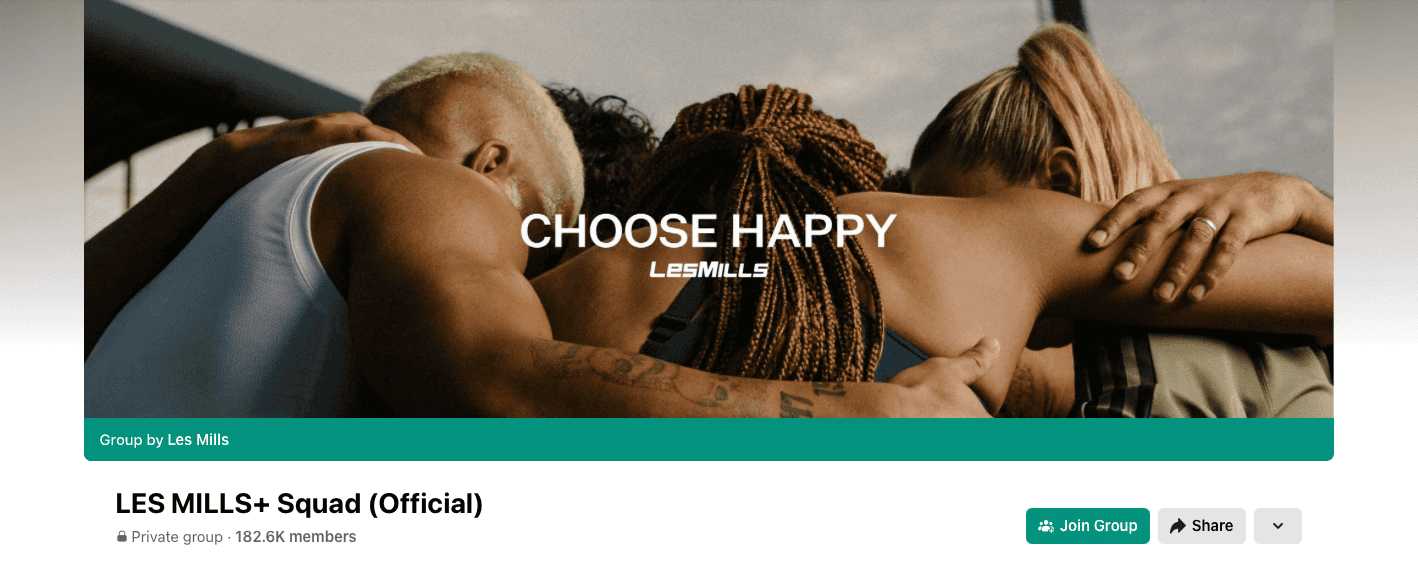
Screenshot sourced from Facebook
Be consistent
It’s important to be consistent with your social media posts. Once you’ve decided on what’s the best time to post content for each of your segments, try to stick to those times so that people will look out for your posts. You also need to maintain a strong brand identity across social media platforms, including imagery and tone of voice when posting or responding to comments.
Check your competitors
It’s always worth keeping an eye on your competitors, and that includes on social media. While you can’t know exactly what their strategy is, you can be a fly on the wall. Analyze their content as well as reactions and engagement for what they post. This information will be a good indicator of what works for similar segments.
The takeaway
Social media platforms are a wonderful conduit that can connect you with your existing and potential customers. However, recognizing the diversity of all those people is essential. Customers with disparate tastes and behaviors will often respond differently to the content you post, so you need to be able to produce content that caters to everyone.
Social media segmentation allows you to present content that matters to your customers. By being able to tailor your content to the different groups that make up your customer base, you can improve everything from revenue to blog subscribers to website traffic.

